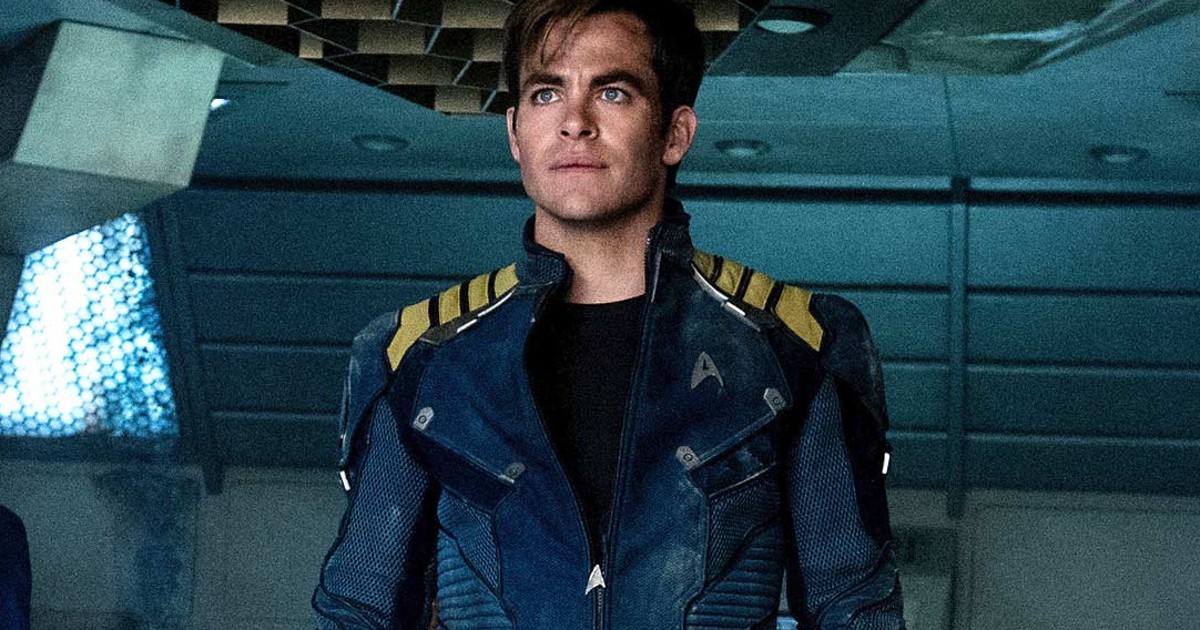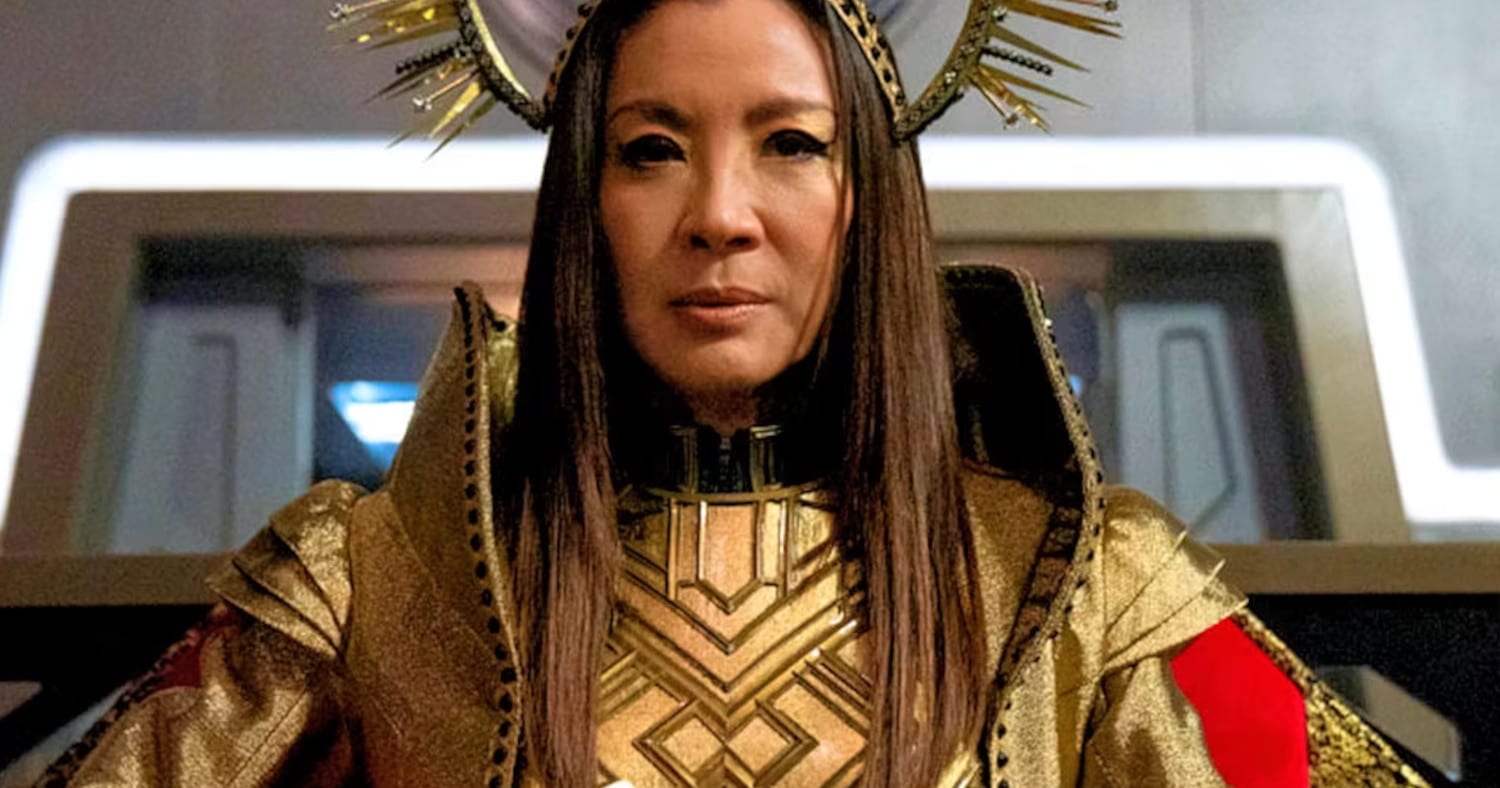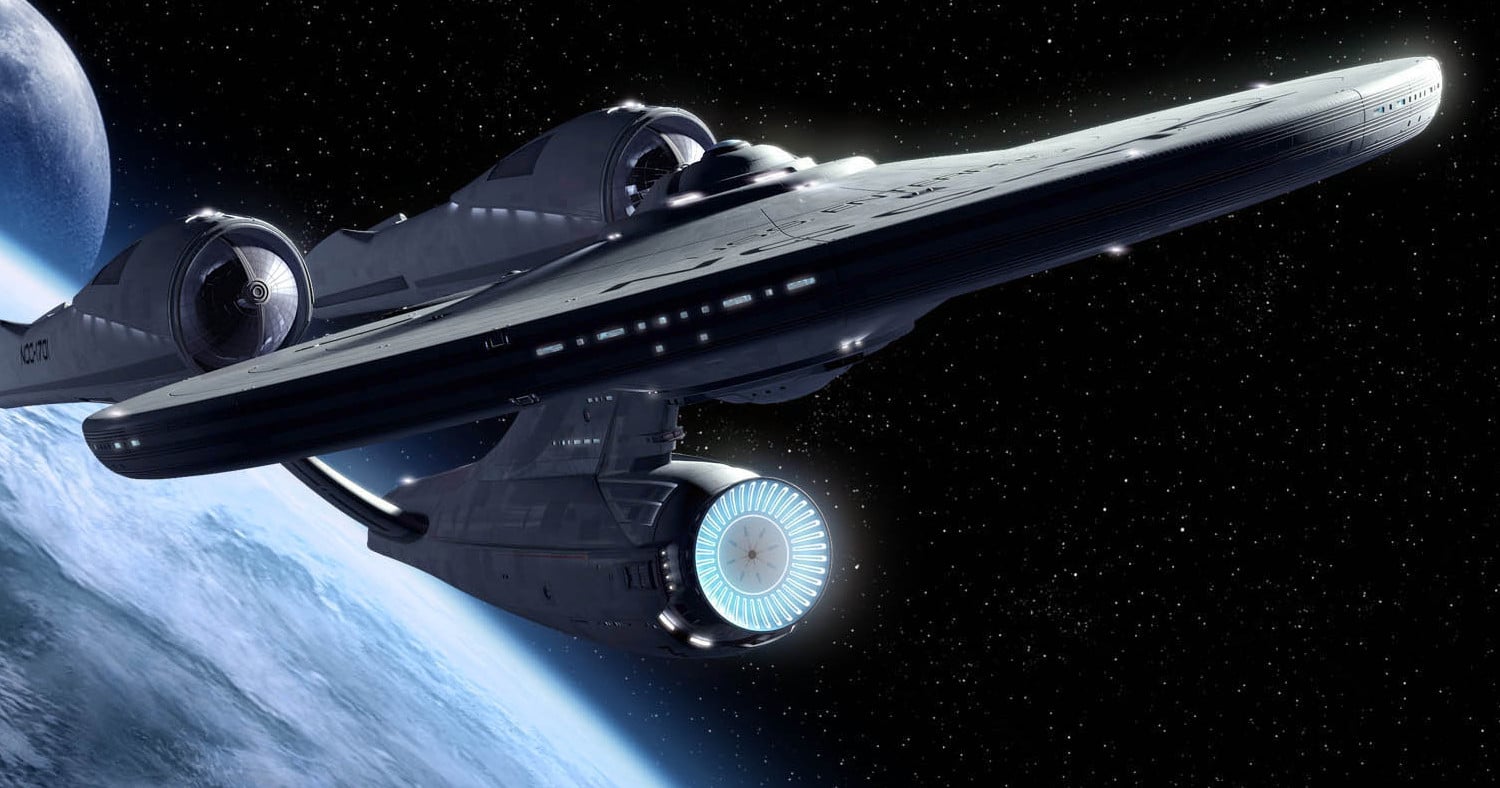
Trekking Water
A Film Review of Star Trek Beyond
Star Trek Beyond is a film that unknowingly delivers a cautionary tale regarding branding and licensing. Licensing has become such a lucrative business practice in the entertainment industry that it has practically lobotomized Hollywood from its former state of original stories for the silver screen. Why originate when you can simply adapt? As such, branding and the protection of the IP in question has become even more important as big studios are quick to deploy platoons of litigators to cease, desist and sue anyone and anything that may even remotely “harm” the brand even if it is out of love and for zero profit. The Star Trek brand has undergone several evolutions since Gene Roddenberry brought it to television in 1966, but it has never deviated from the fundamentals that make it unique from other science fictions: making social commentary, relating it to the evolution of the species, expanding what it means to be human and of course, bringing as much actual science in function and theory to the fiction as possible.
Star Trek Beyond is the third film in a brand reorientation trilogy to hollow out its own warp core and replace it with cloned dilithium crystals that define the generic action/adventure blockbuster. In other words, Star Trek ain’t Star Trek anymore, and it is all thanks to one J.J. Abrams who was originally tasked with readapting the brand back in 2009 and has been quoted on several occasions for considering his own ignorance of the brand as being a good thing. “I remember appreciating it, but feeling like I didn’t get it.” “I had no idea there had been 10 movies!” “I didn’t want to become a student of Star Trek.” “I was trying to make a movie, not trying to make a Trek movie.” Fast forwarding to today, J.J. has jumped ship to Star Wars and fellow action/adventure line chef Justin Lin (of the Fast and Furious franchise) continues serving up late night specials emphasizing the brawn of action and spectacle over the brains of plot and meaning.
Only reviews, fan feedback and most importantly returns at the box office will determine whether the rebranding of Star Trek is “good” or not, but its transformation into derivative eye candy is clear. Don’t get me wrong, the visual effects, set design, costumes and makeup showcase some of the best efforts from professionals in today’s industry, and it is enjoyable to see. Unfortunately, there’s nothing to see Beyond the glimmer and nothing to think about Beyond the explosions. In a summer of average blockbusters, Star Trek Beyond is an average action-adventure that finds a way to stumble into a loose plot about aliens wanting to kill humans (where have we seen that before?), there’s some nostalgic crew banter, lots of explosions, and then it’s over and back to routine for Kirk and co.
|
Action Style |
Justin Lin knows how to pack in the action as everything plus the kitchen sink is present in this film. Starship combat, laser gun battles, martial arts, vehicles chases. Wow, it really is Fast and Furious in space! |
5/6 |
|
Action Frame |
Lin and cinematographer Stephen Windon find lots of neat ways to keep the frame moving at all times with plenty of dynamic angles to go around. Sure, space gives great context with its Z-axis, but this is continuously demonstrated on planetary systems during expertly choreographed stunt work sequences. |
5/5 |
|
Lead Performance |
Chris Pine’s Kirk is featured more singularly than Zachary Quinto’s Spock this time around and while both do decent enough jobs portraying their individual characters, it is their chemistry as a duo that either fizzles out or never existed from the very first film. |
3/6 |
|
Supporting Performance |
Consummate comic relief in Simon Pegg’s Scotty is playful, Zoe Saldana’s Uhura is more of a prop, John Cho and Anton Yelchin’s Sulu and Chekov are effective sidekicks and Karl Urban’s Bones McCoy is the only one worthy of bringing a snide smile to your face. BUT, yet another flat villain with a shoehorned back story that gets thrown in the audience’s faces during the 2 minute warning of the final act is yet another example of bad villains breaking movies. |
2/5 |
|
Music |
Great use of original orchestrations of this new version of Star Trek in addition to the application of “classical” music. |
5/6 |
|
Sound F/X |
Equally great sound work on display for explosions, tech, weapons and spaceships. |
4/5 |
“Moving” = 24/33
|
Digital F/X |
Top marks here. Visual effects are absolutely pristine and rival just about anything out of the Star Wars camp and they have Mickey Mouse money to pay for everything! |
6/6 |
|
Special F/X |
For as much digital reality that’s being thrown about, there also a ton of stunt work that’s on display. This requires an extremely healthy amount of wire work and practical effects and both are integrated quite seamlessly. |
4/5 |
|
Costumes |
I’ve still not been taken in by the bright colors and bland textures and functionality of the new Starfleet uniforms, but the alien designs somewhat make up for it. |
4/6 |
|
Hair & Makeup |
See above. Sofia Boutella’s Jaylah character seems to serve one purpose and one purpose only: to show another way to present exotic, sexy, alien women without having to resort to cleavage. |
3/5 |
|
Exteriors |
From space to planetary-scapes, exterior locations are vast, well dressed and designed. |
5/6 |
|
Interiors |
Is it possible that any film can suffer from too much attention to detail regarding set design? I haven’t found that to be the case yet. |
4/5 |
“Picture” = 26/33
|
Hook |
Captain Kirk is bored as a Captain in Starfleet? I guess he wasn’t told all of his duties didn’t exclusively involve punching alien overlords in the face to save humanity. I guess he needs another go to reinvigorate himself. |
1/4 |
|
Conflict |
Again, evil alien overlord wants to kill humanity. Yawn. |
1/4 |
|
Resolution |
We know the good guys are going to win, but is it ever possible for them to do so while suffering some form of permanent loss? No? Ok. |
2/4 |
|
Dialogue |
Trek jargon? Check. Crew banter? Check. Bones McCoy? Check. |
5/6 |
|
Exposition |
We really could have used some information on the primary antagonist much earlier in the film to give some depth to an “I’ll kill you all!” villain. Throwing it in at the very end as a surprise twist is not satisfying, it’s trolling. |
2/5 |
|
Character Uniqueness |
By now, I would have expected our crew of the Enterprise to distinguish themselves from the originals beyond light remixes and Spock really came close in previous films only to revert to reliable first officer in Beyond. Sulu kind of had a moment, but that apparently upset Mr. George Takei. |
3/6 |
|
Character Relatability |
This is Karl Urban’s category as his character regularly calls out his fellow crewmen not just for the absurdity of their stances in certain situations, but also for what his own is called upon to do. I still don’t connect with Kirk’s boredom, but he clearly needs a hobby. Even Picard had Earl Grey, archeology, literature and his flute. |
2/5 |
“Story” = 16/34
Overall MPS Rating: 66/100
This film has a lot to offer by placating to the average, unassuming viewer who isn’t looking for anything special, but will be upset by anything Beyond their attention span or general disposition. Becoming something more generic increases one’s audience at the expense of intrigue, which brings us back to that cautionary tale. Star Trek Beyond has affirmed that nothing is true in branding and everything is permitted in licensing so long as those old, rich, white studio executives keep collecting our cash with trivial efforts from con artists that can turn their heads with even the slightest promise of bigger dollar bills. Star Trek has betrayed itself and it will take a “student” of the brand to transform it Beyond a space shoot ‘em up.




